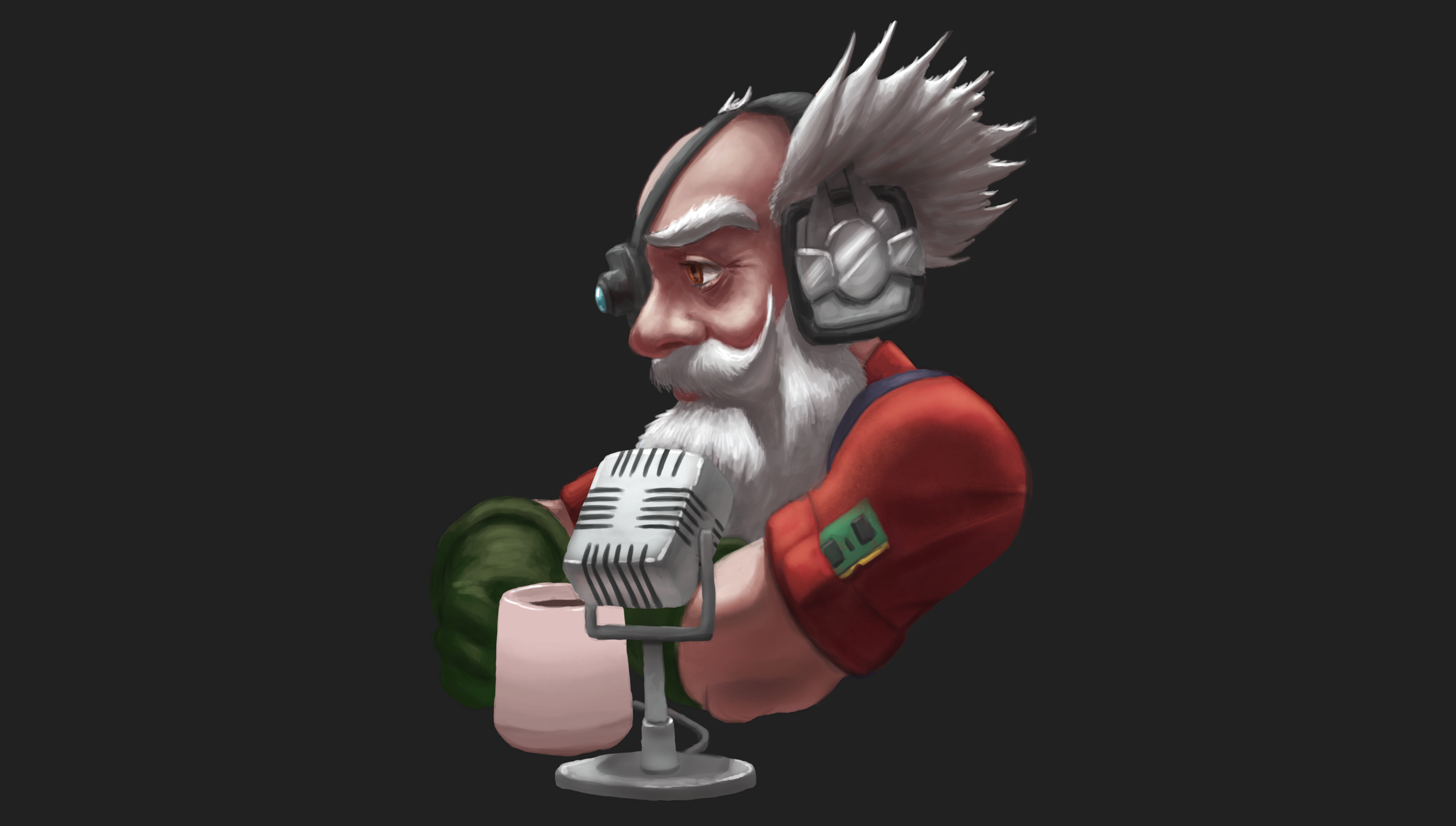Thoughts on the future of Python and graphical interfaces
Staring at my coworkers, already knowing the inevitability of the situation, my eyes roll as the argument starts anew:
“I told you I can write that code twice as fast, in half as many lines and they’ll be cleaner and more readable than yours will ever be! Python is awesome!” — said the one guy.
“Whatever you say, you’ll never be able to make a UI that’s half as good as this. It won’t look pretty and no one will want to use it!” — replied the other — “Probably can’t even make it run on Windows” — he mumbled to himself while walking away.
Some years ago this was a regular exchange between coworkers, and while they were mostly messing around, there was still an element of truth to it. Regardless of its capabilities, Python was mostly known as a “scripting” language — not really for graphical interfaces — and the world was still looking for a native OS feel in their GUI applications, which was not really accessible from Python without a lot of work.
Continue reading



